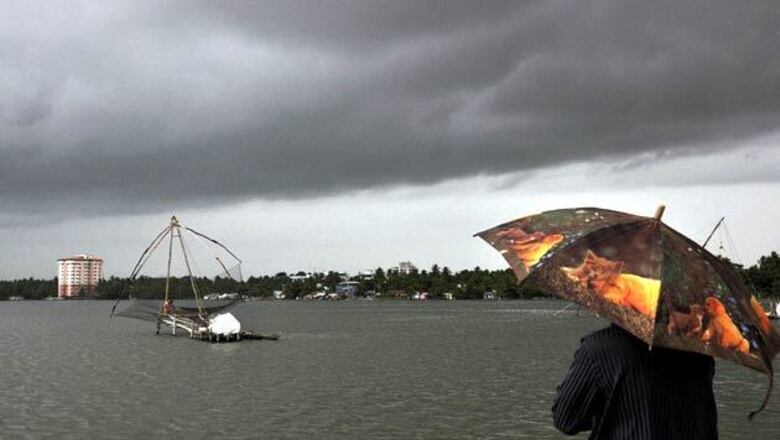
views
Geneva: The "El Nino" phenomenon, which sparks climate extremes around the globe, could take hold in the Pacific Ocean by the end of the year, but the likelihood has declined since June, the UN said on Monday.
There is now a 55-60 percent likelihood that El Nino could begin between September and November and a 70 per cent chance that it will start from November to February, said the World Meteorological Organisation.
This marks a decline from the end of June, when the UN weather agency estimated there was an 80 per cent likelihood that El Nino, which can lead to droughts in some parts or the world and heavy rains in others, would take hold toward the end of the year.
"Ocean temperature anomalies along the equator have decreased over the past two months," WMO said in a statement.
El Nino occurs every two to seven years, when the prevailing trade winds that circulate over surface waters in the tropical Pacific start to weaken.
The phenomenon leaves countries like India, Indonesia and Australia drier, increasing chances of wildfires and lower crop production, while leading to heavier rainfall in the eastern Pacific and South American nations, raising the spectre of floods and landslides.
Ocean temperatures peaked at above a half a degree Celsius above average in May and June, leading experts to brace for the resurgence of El Nino.
But in July and August, "sea surface temperatures across much of the central and east-central tropical Pacific Ocean approached near normal conditions," WMO said.
Sea level pressure, cloudiness and trade winds had meanwhile "remained near neutral levels, indicating that El Nino conditions had not become established," the UN agency said.
Nonetheless, "the development of a weak El Nino event in the coming several months remains quite possible," it said, adding that a strong El Nino was not likely.
The last El Nino occurred between June 2009 and May 2010. It is often followed by a return swing of the pendulum with La Nina, which is characterised by unusually cool ocean surface temperatures in the central and eastern tropical Pacific.
Scientists, who closely monitor the two climate patterns, say that while they are not caused by climate change, rising ocean temperatures caused by global warming may affect their intensity and frequency.


















Comments
0 comment